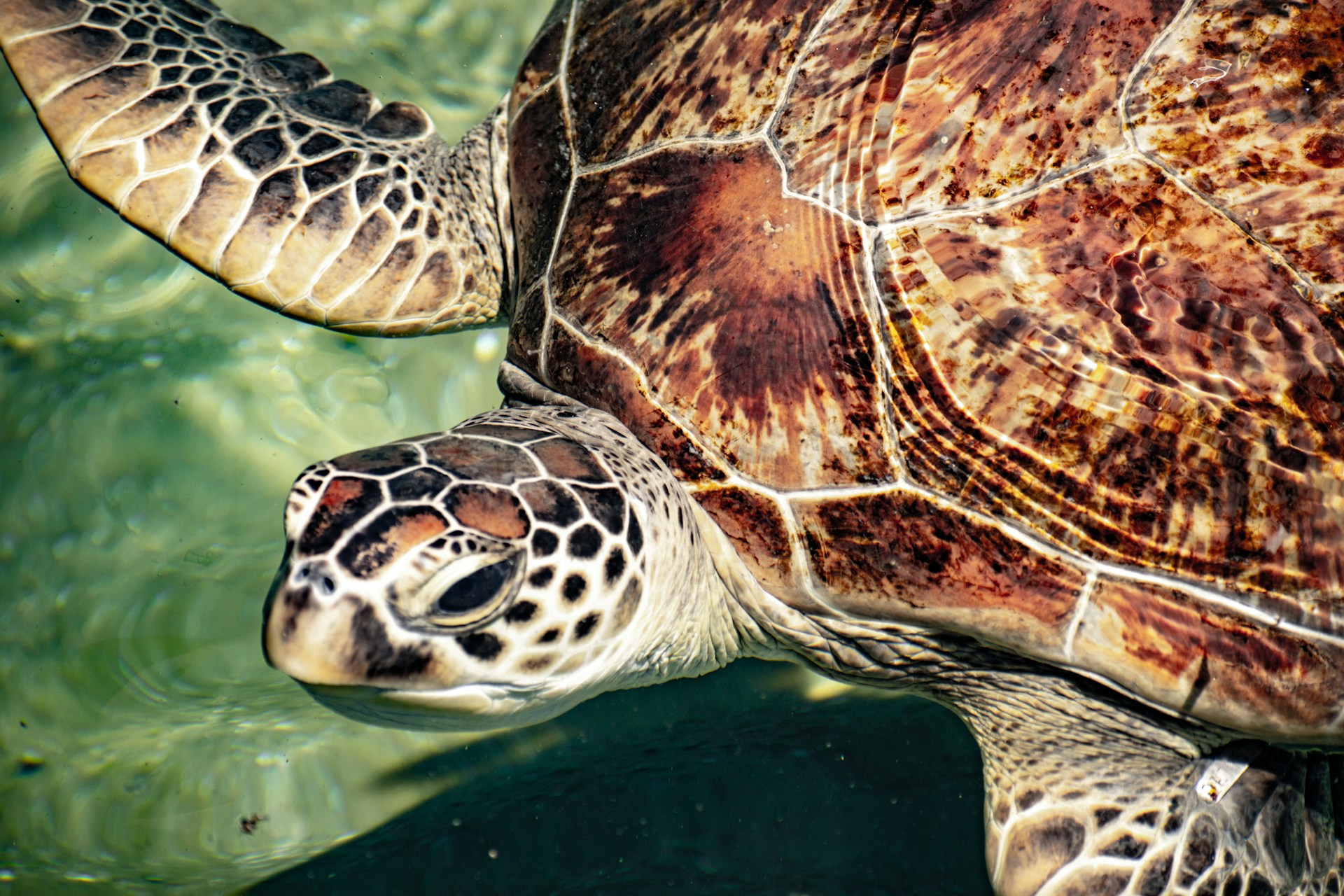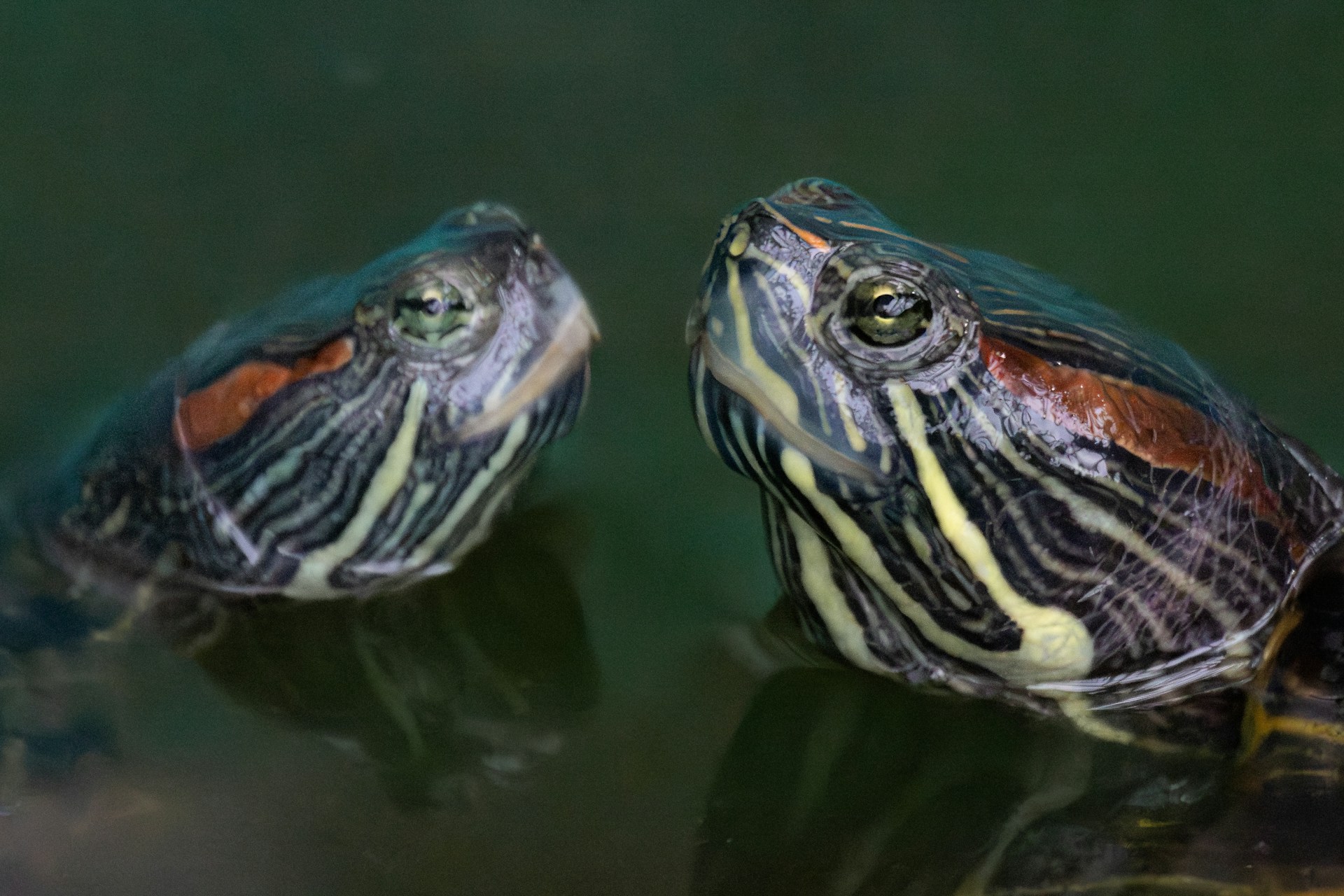In the world of pet ownership, turtles offer a unique and rewarding experience, combining fascinating behaviors with relatively straightforward care requirements.
However, many turtle owners underestimate the importance of environmental enrichment for these intelligent reptiles. Wild turtles navigate complex ecosystems, hunting for food, seeking mates, and exploring diverse terrains.
In captivity, a bare tank with basic necessities can lead to boredom, stress, and even health issues. Creating a stimulating habitat isn’t just about aesthetics—it’s essential for your turtle’s physical and psychological well-being.
This comprehensive guide explores the best ways to transform your turtle’s enclosure into an engaging, enriching environment that promotes natural behaviors and overall happiness.
Understanding Your Turtle’s Natural Habitat
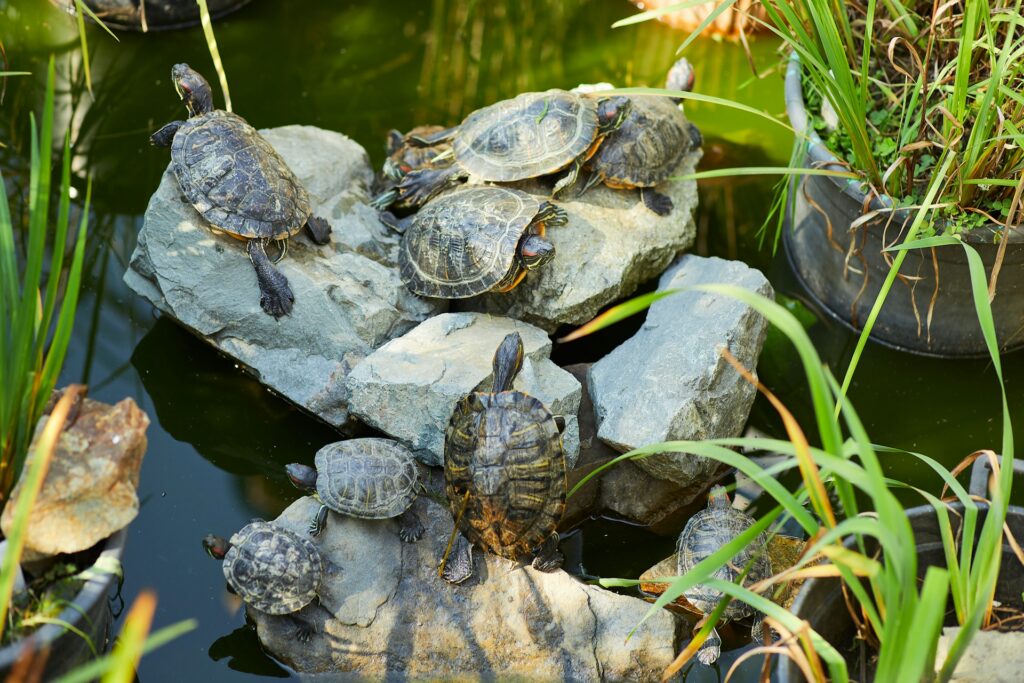
Before enriching your turtle’s environment, it’s crucial to understand what their natural habitat looks like in the wild. Aquatic turtles like Red-Eared Sliders spend much of their time swimming in ponds, lakes, and slow-moving streams, but also require basking areas where they can completely dry off and absorb UVB rays.
Box turtles, meanwhile, thrive in woodland environments with access to shallow water, varied vegetation, and places to dig and hide.
Researching your specific turtle species’ natural environment provides invaluable insights into creating an appropriate captive habitat.
This knowledge forms the foundation for all enrichment efforts, ensuring you’re providing elements that satisfy innate behavioral needs rather than just decorative features.
Creating the Ideal Tank Setup
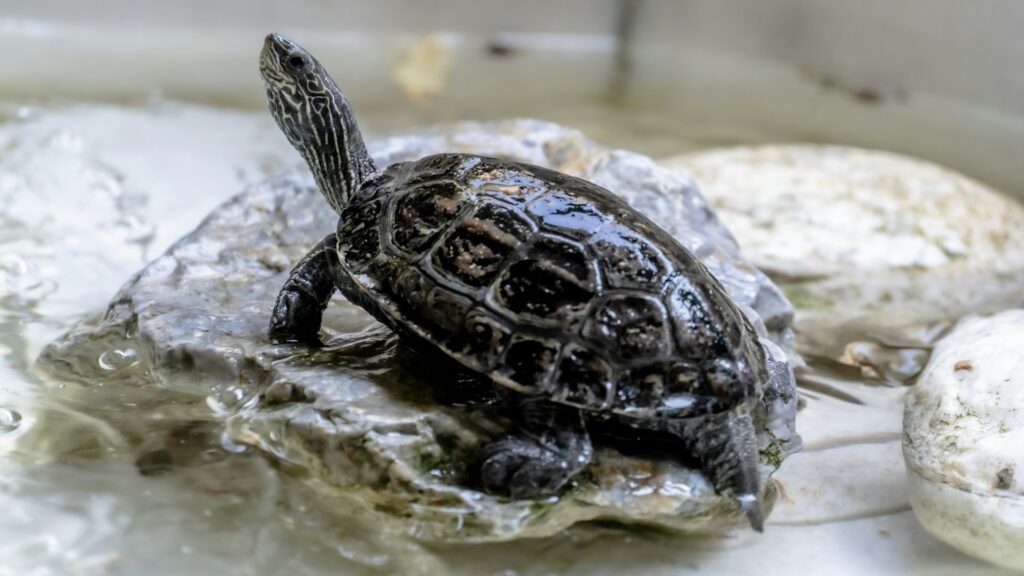
The foundation of turtle enrichment begins with the proper tank size and setup. For aquatic turtles, the rule of thumb is 10 gallons of water per inch of shell length, with a minimum of 40 gallons for even small species.
The tank should include a water area deep enough for swimming and a dry basking area that allows your turtle to completely exit the water.
Land turtles require terrariums with sufficient floor space for exploration—at minimum, a tank length of at least 4 times the turtle’s length and width of 2 times its length.
Temperature gradients are essential, creating microclimates within the enclosure that allow your turtle to regulate its body temperature by moving between warmer and cooler areas.
Proper filtration systems are non-negotiable for aquatic setups, as turtles produce significant waste that quickly dirties water.
Designing an Effective Basking Area
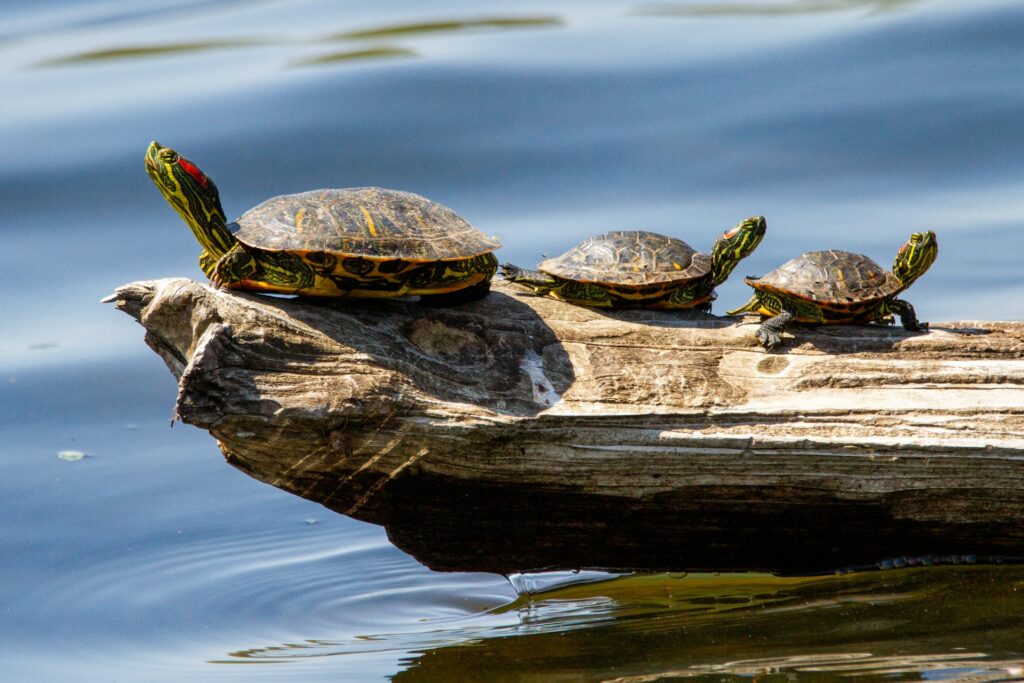
A well-designed basking area serves as more than just a place for your turtle to dry off—it’s a critical component of their health and environmental enrichment.
The ideal basking spot should be large enough for your turtle to completely exit the water and fully extend their limbs while being sturdy enough to support their weight without wobbling.
Position UVB and heat lamps above this area to create a temperature zone between 85-95°F (29-35°C), depending on your species’ requirements.
Incorporating different levels and textures into the basking area—such as cork bark, driftwood, or commercially available turtle docks—gives your pet choices and stimulates climbing behaviors.
Some innovative owners create multi-tiered basking platforms that encourage exercise as turtles navigate between levels, providing both physical activity and mental stimulation.
Incorporating Suitable Substrate Options
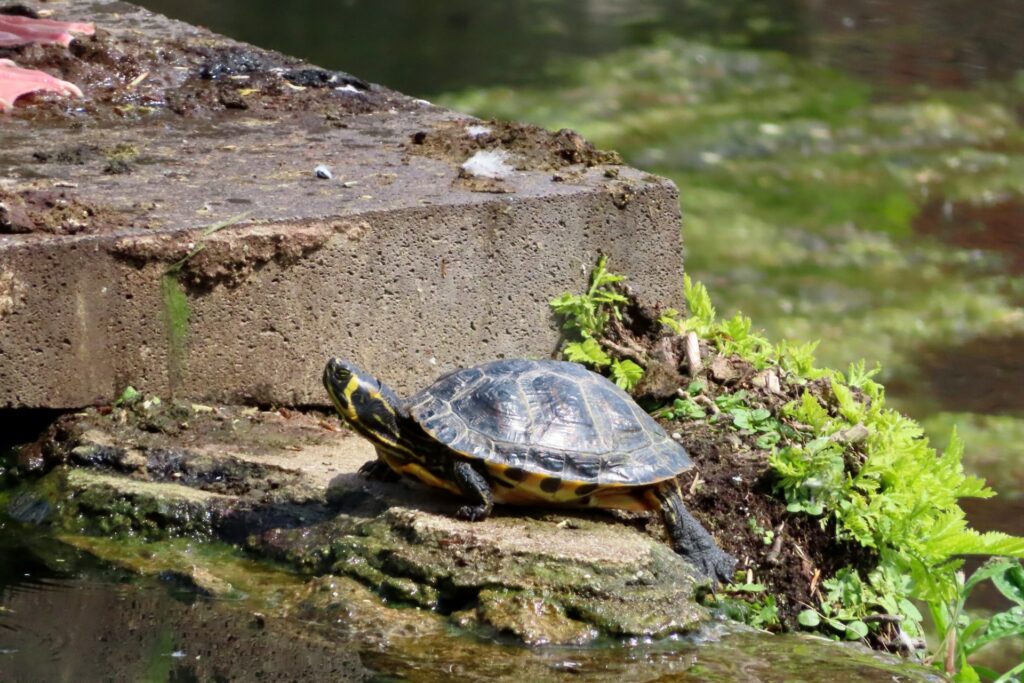
Substrate selection significantly impacts environmental enrichment by providing opportunities for natural behaviors like digging and foraging. For aquatic turtles, large smooth river rocks (too big to swallow) create interesting terrain while being easy to clean during water changes.
Sand substrate sections can be incorporated for species that enjoy digging, though it should be confined to specific areas to minimize filtration issues.
For terrestrial and semi-aquatic species, a combination of coconut coir, cypress mulch, or orchid bark maintains humidity while allowing for burrowing behaviors.
Creating substrate depth variations throughout the enclosure encourages exploration, with deeper sections (4-6 inches) in areas where turtles might want to bury themselves or lay eggs.
Some species benefit from partially buried cork bark or log sections that create natural-looking hideaways within the substrate.
Adding Appropriate Vegetation and Plants
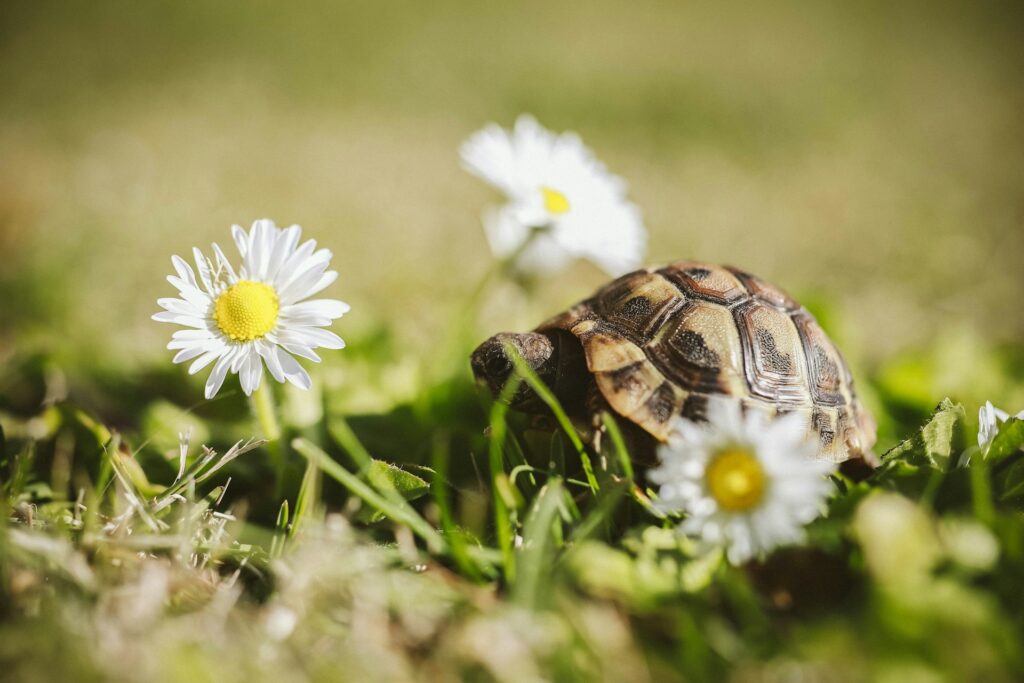
Live plants transform a turtle habitat from sterile to stimulating, creating a more naturalistic environment that encourages exploration and natural behaviors.
For aquatic setups, floating plants like water lettuce and water hyacinth provide cover while improving water quality and creating interesting underwater environments.
Hardy submerged plants such as anubias, java fern, and Amazon sword can withstand most turtle species’ tendency to disturb or nibble vegetation.
Terrestrial enclosures benefit from sturdy plants like pothos, spider plants, and small snake plants, which should be turtle-safe and preferably planted in pots partially buried in the substrate.
Beyond aesthetics, plants create microhabitats within the enclosure, offering varying humidity levels, hiding spots, and even occasional snacks for omnivorous species.
Remember to research plants thoroughly to ensure they’re non-toxic to your specific turtle species, as some common houseplants can be harmful if ingested.
Providing Varied Hiding Spots
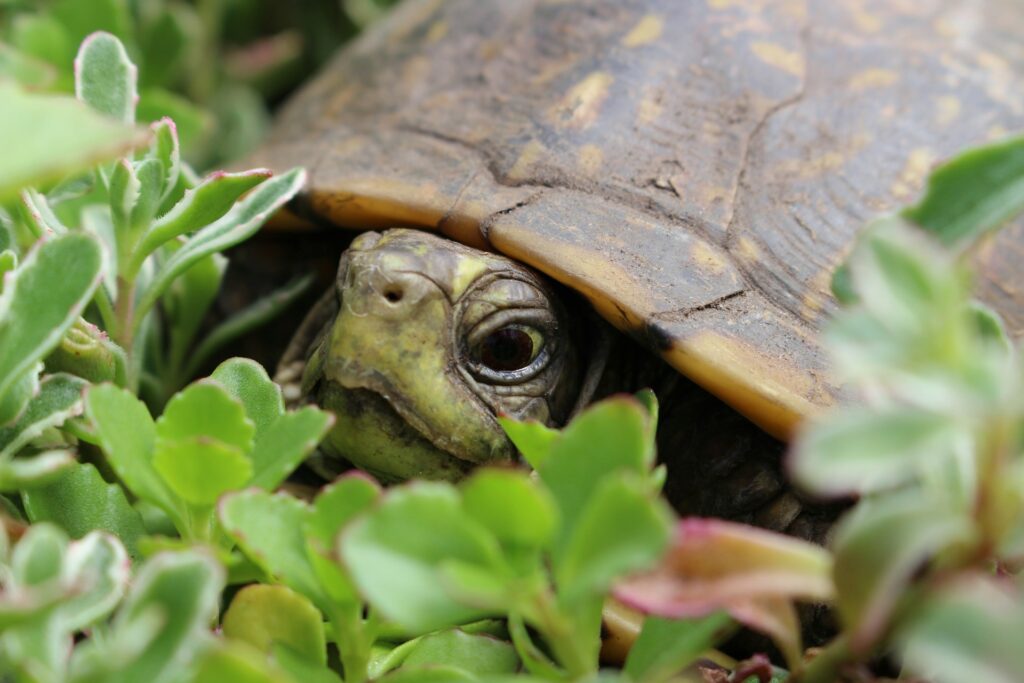
Security through hiding places is fundamental to turtle well-being, reducing stress and mimicking their natural environment where cover protects them from predators.
Effective hiding spots should be proportional to your turtle’s size—large enough for them to enter completely but snug enough to create a sense of security.
Aquatic environments benefit from submerged caves, hollow logs, and plant thickets that allow turtles to retreat when feeling threatened or simply seeking privacy.
For terrestrial areas, cork bark flats, half-logs, small caves, and densely planted corners create retreat options with different characteristics.
Strategically place hiding spots in various temperature zones throughout the enclosure, allowing your turtle to remain hidden while still thermoregulating effectively.
Many owners observe that providing multiple hiding options results in turtles spending more time exploring their environment, as the security of available retreat options increases their confidence.
Implementing Water Feature Enhancements
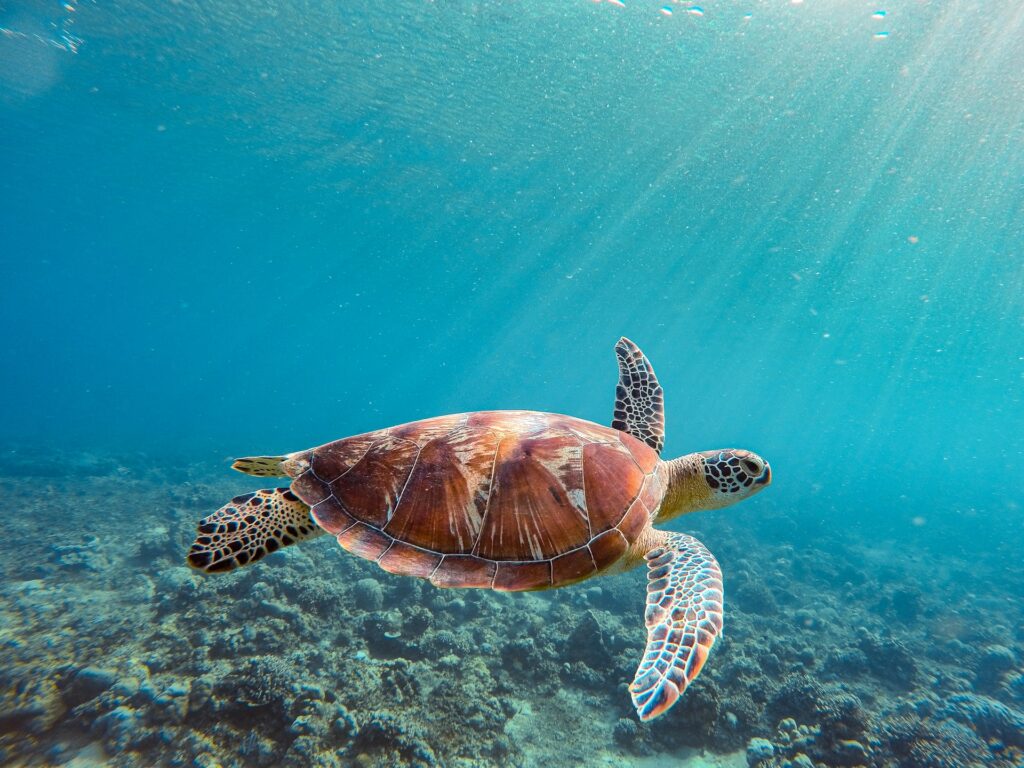
For aquatic and semi-aquatic turtles, water features represent their primary living space and deserve thoughtful enrichment. Creating varied water depths allows for different swimming experiences, with deeper sections for diving and shallower areas for wading or resting.
Gentle water currents generated by properly positioned filter outputs or small submersible pumps provide exercise opportunities as turtles swim against the flow, stimulating muscles and preventing obesity.
Some enthusiasts incorporate waterfall features that not only increase water oxygenation but create visual and auditory enrichment while mimicking natural habitats.
Underwater structures like carefully arranged rocks, PVC pipes, and aquarium-safe décor create exploration opportunities and break up swimming paths into more interesting routes.
For box turtles and other semi-terrestrial species, shallow water dishes with easy entry and exit points allow for natural bathing behaviors without drowning risks.
Creating Engaging Climbing Structures
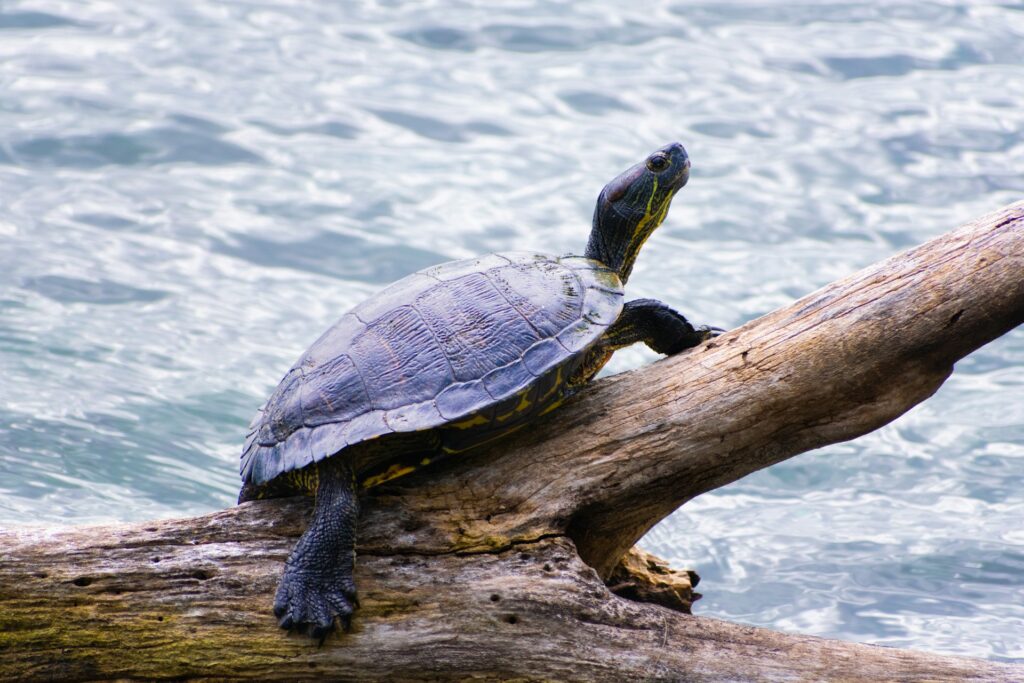
Though not typically known as climbers, many turtle species benefit tremendously from varied topography and climbing opportunities in their enclosures.
Securely arranged driftwood, cork bark, and commercially available reptile branches create natural-looking climbing structures that encourage exercise and exploration.
For aquatic setups, partially submerged branches that extend from water to basking areas provide enrichment during the transition between these zones, requiring turtles to navigate different surfaces and inclines.
Terrestrial species particularly enjoy rock formations and log arrangements that create varied heights within their environment, offering different vantage points and temperature gradients.
When designing climbing features, ensure all structures are stable and won’t collapse under your turtle’s weight, and avoid extremely steep climbs that could result in falls.
Regularly rearranging these elements introduces novelty, encouraging continued exploration even in long-established habitats.
Introducing Stimulating Toys and Objects

Contrary to popular belief, turtles demonstrate curiosity toward novel objects and can benefit from appropriate toy enrichment. Floating toys in aquatic habitats encourage interaction as turtles investigate and sometimes playfully push these objects around their environment.
Hard plastic balls, specially designed turtle toys, and even floating aquarium decorations can provide entertainment while being tough enough to withstand a turtle’s exploratory bites.
Land-dwelling species enjoy pushing or manipulating lightweight objects like hollow wooden balls or smooth stones.
For added enrichment, occasionally introduce unfamiliar but safe objects into the enclosure for short periods, satisfying your turtle’s natural curiosity while preventing habituation.
The key to effective toy enrichment is rotation—regularly changing available toys prevents boredom and maintains interest, much like environmental novelty in natural habitats where landscapes constantly change with seasons and weather conditions.
Implementing Feeding Enrichment Strategies
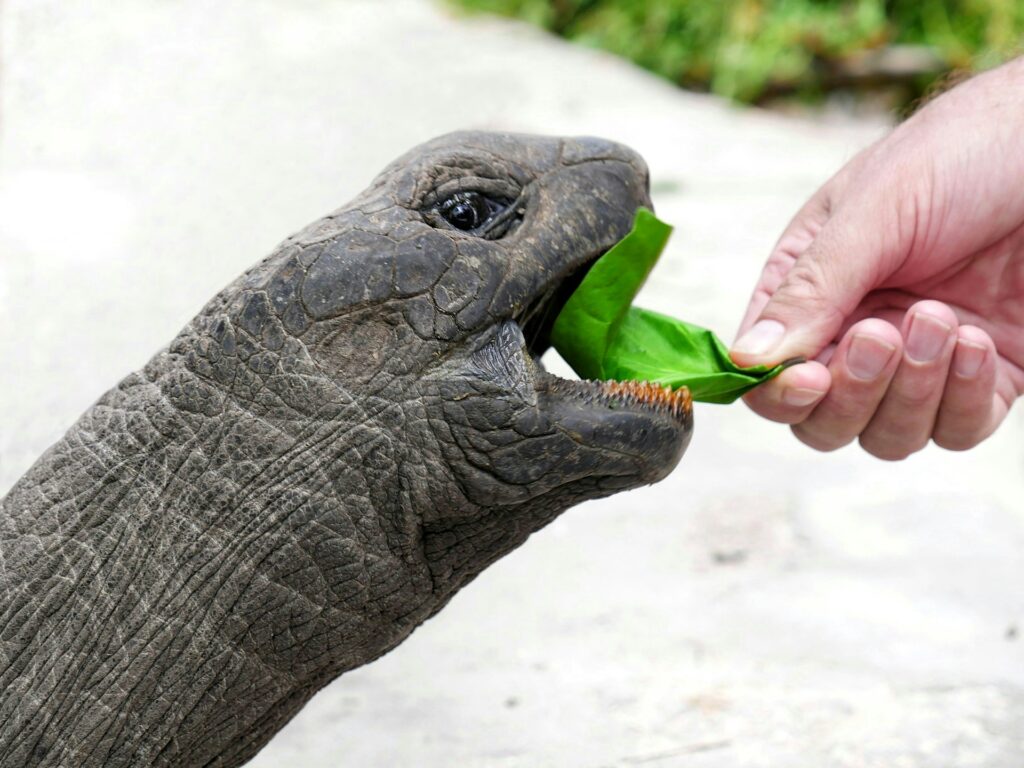
Perhaps the most engaging form of enrichment revolves around feeding time, when you can stimulate your turtle’s natural foraging behaviors.
Rather than simply placing food in a dish, scatter appropriate food items throughout the enclosure, encouraging your turtle to search and discover meals as they would in the wild.
For aquatic species, floating vegetation like duckweed not only provides nutritional benefits but creates a natural foraging opportunity as turtles must actively hunt these small plants.
Puzzle feeders designed for turtles, such as floating devices that release food when manipulated or vessels that must be pushed to dispense treats, extend feeding time while stimulating problem-solving abilities.
Live prey items (where appropriate for your species) like crickets, earthworms, or feeder fish create the ultimate enrichment experience, triggering hunting behaviors and providing physical exercise.
Varying feeding locations prevents territorial behavior around food dishes and encourages full exploration of the habitat.
Maintaining Proper Lighting and Temperature Gradients
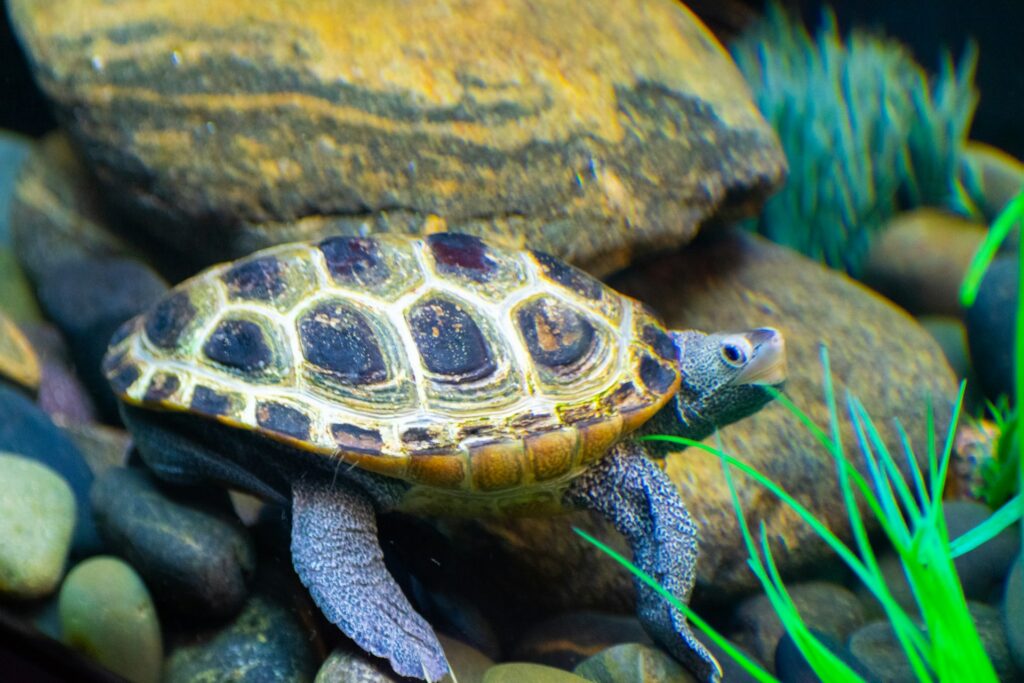
Environmental enrichment extends beyond physical objects to include the invisible aspects of habitat, particularly lighting and temperature variations.
Creating distinct microenvironments within the enclosure allows turtles to self-regulate by moving between warmer and cooler areas, mimicking their natural behavior in the wild.
Beyond the basking spot’s heat, establishing ambient temperature gradients throughout the enclosure encourages movement and exploration.
Full-spectrum UVB lighting is essential for vitamin D3 synthesis and calcium metabolism, but positioning lights to create varied intensity zones further enriches the environment.
Some turtle keepers incorporate programmable lighting systems that simulate dawn and dusk transitions, creating more natural day/night cycles that can stimulate natural behaviors tied to these light changes.
Seasonal adjustments to photoperiod (daylight hours) and temperature ranges can trigger natural responses like increased activity during “summer” settings or reduced feeding during cooler “winter” adjustments.
Ensuring Regular Environmental Changes
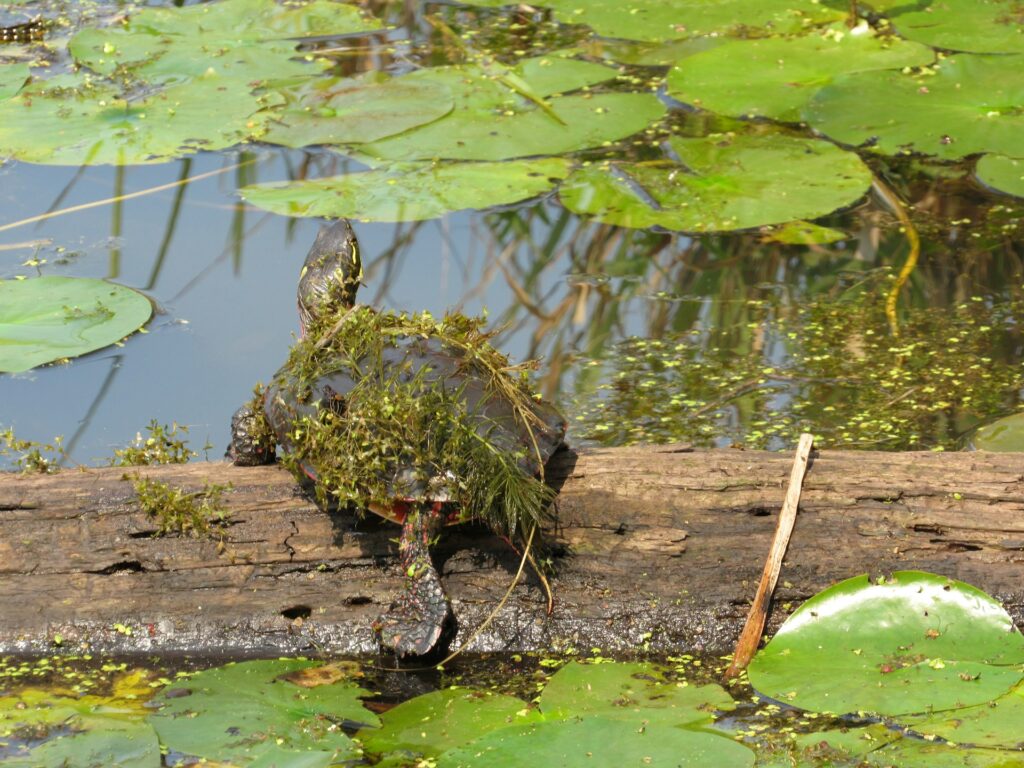
Even the most thoughtfully designed turtle habitat benefits from periodic rearrangement to maintain enrichment value over time.
Just as natural environments change with seasons and weather patterns, captive habitats should evolve to provide ongoing stimulation.
Every few months, consider rearranging decorations, hiding spots, and climbing structures to create new exploration opportunities and prevent habitat boredom.
Substrate can be reshaped to create new topography, water features repositioned, and plant arrangements modified to present fresh challenges and experiences.
These changes should maintain all essential elements while altering their configuration, preserving proper temperature gradients and access to necessities.
Some experienced keepers maintain two different layout designs they alternate between, reducing setup time while still providing environmental novelty.
Observe your turtle’s behavior after changes—increased exploration and activity typically indicate successful enrichment, while stress behaviors suggest modifications may be too dramatic.
Monitoring Behavioral Responses to Enrichment
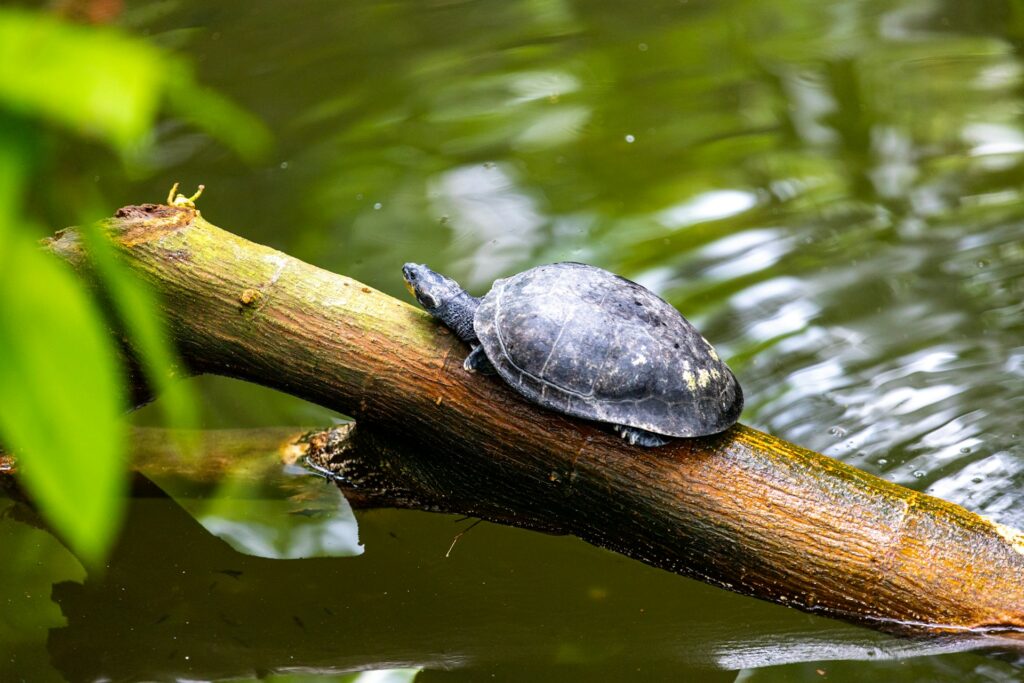
The ultimate measure of successful environmental enrichment is positive changes in your turtle’s behavior and overall well-being.
After implementing enrichment strategies, observe for signs of increased activity, exploration, natural behaviors like digging or climbing, and reduced stress indicators such as excessive hiding or glass surfing.
Healthy enrichment typically results in more varied behaviors throughout the day, from active swimming or walking to deliberate basking, foraging, and resting periods.
Keep a simple journal of enrichment additions and corresponding behavioral changes to identify which elements most benefit your specific turtle.
Remember that individual preferences vary even within species—some turtles might engage enthusiastically with water currents while others prefer exploring climbing structures.
If certain enrichment elements consistently cause stress or are ignored entirely, consider replacing them with alternatives that better match your particular pet’s preferences and natural history.
Creating an enriched environment for your pet turtle requires understanding both the species’ natural habitat and your individual pet’s preferences.
By implementing various elements that encourage natural behaviors like swimming, basking, climbing, and foraging, you transform a simple enclosure into a stimulating habitat that promotes physical and psychological well-being.
Remember that environmental enrichment isn’t a one-time setup but an ongoing process of observation, adjustment, and creativity.
The time investment pays off not only in your turtle’s improved health and longevity but also in the joy of watching your pet actively engage with their environment, displaying the full range of fascinating behaviors that make turtle keeping such a rewarding experience.


